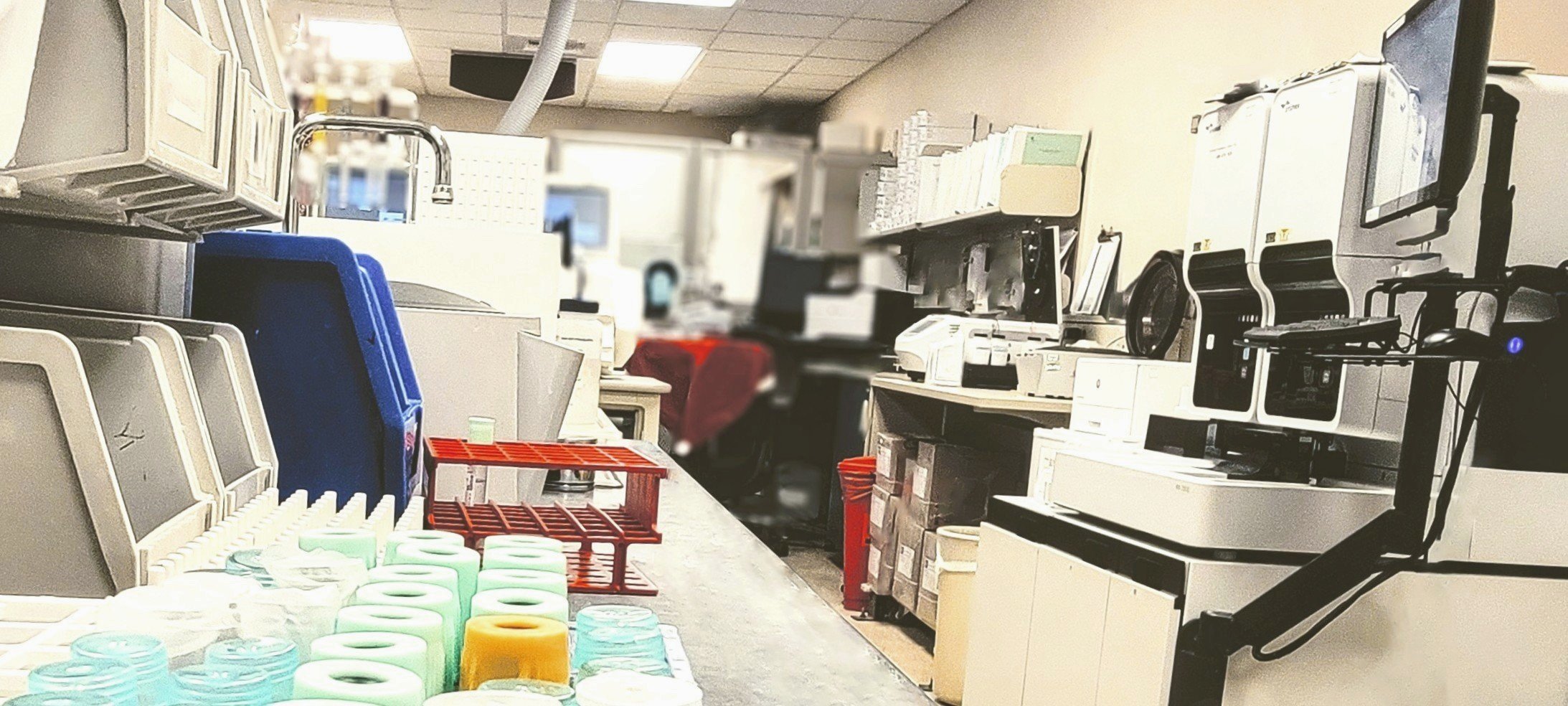Different types of Hospitals / Labs for MLS
You may think this is a trivial concept if you have only worked in one hospital but traveling around you learn to ask about a hospital's bed size.
To big a hospital you will be confined to an individual department, even working nightshift. To small a hospital and you will be doing mostly phlebotomy. I have worked in both and don't mind either, but it's good to know what you are getting yourself into. Especially if you ask yourself these questions:
- Does the hospital have a line? Or do you have to hand load everything?
- Will you need to work phlebotomy?
- How many people will you be working with?
- And many more changes happen just due to the size of the hospital?
Now I'm going to break this down into 3 categories: small, medium, and large.
Small will be a hospital with 1-100beds
Medium will be 100-550 beds
And large will be greater than 550.
Again these are just generalizations because the more you break down these numbers the more different there are just on manager preferences alone.
1-100 Bed Hospital
Now 1-100 bed hospitals are extremely small hospitals usually found in rural communities. I'm not including urgent care or doctors' offices in these categories, as we rarely work in them directly. These Hosp are often run on minimal equipment and you may be performing phlebotomy for every patient that comes through. Staffing will be limited and on-call hours are usually a given.
In Hawaii, I worked in a 40-bed Hospital that had 5 ER beds. Because of its location, the next closest hospitals were either 40 minutes or 1 hour away. And if a patient needed a Level 1 Trauma Center, they would need to be flown off-island - to Oahu. Because of these challenges and because of its minimal staffing there, MLS' performed quite a bit of phlebotomy, had on-call hours, and spent most of their time preparing samples to be sent out to other hospitals or reference labs. There were a few machines for CBC, CMP, Trop, and Urinalysis (chemistry portion) if the ER needed something Stat. Though most samples that were drawn were sent out.
100-550 Bed Hospital
Next 100-550 bed hospitals. In these hospitals, if you are working on off-shifts (pm or nights) you will probably be working in most of the departments. And usually trained in all of them. These are usually your level 2 and 3 trauma centers.
The amount of work they do and amount of techs you will be working with usually increase with the size of the Hospital. Though the size of lab staff and test volume may increase the closer you get to 550, the equipment model or how advanced it is will depend on the hospital's funding. I've worked in a 150-bed hospital that has a line and way more equipment than I thought they would have. And I've worked in a 450-bed hospital where most of their equipment ranged from 10 years old to 40! Yes 40 years old.
If you choose to work the first shift at one of these hospitals, especially those closer to the higher limit you will be more restricted to one area/branch of the lab. And in these hospitals the order techs, especially like their assigned seats. If they have been a Chem tech for 30-40 years they will only work in chemistry.
>550 Bed Hospital
Hospitals with beds of more than 550 are going to run similarly to a reference laboratory. You will probably only be trained in 1, maybe 2 areas of the lab. Unless you prove your worth or request additional training. These are normally level 1 trauma centers.
During the pandemic, and the first travel assignment I worked at a 900-bed hospital. It was a little overwhelming, the size of the laboratory took up a whole floor of a building. But it was also the first hospital I worked with that contained proper windows to see outside. Each department was divided up, even at night and I was sequestered to Covid land. Except for one night a week in which I worked in urinalysis and blood gasses. It was an interesting experience to see a hospital that big.



